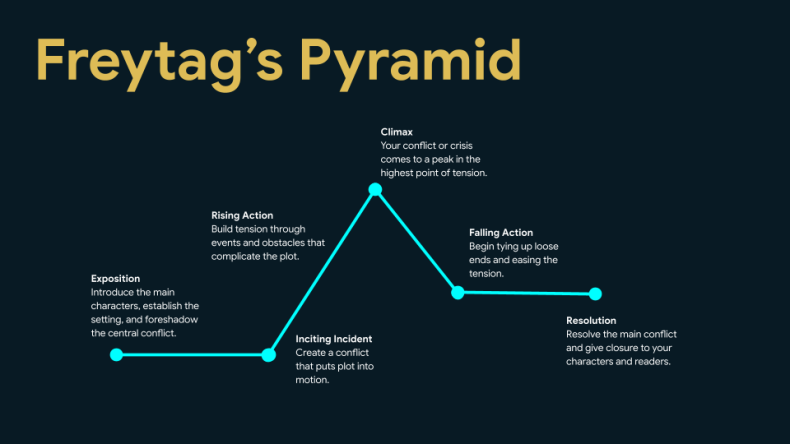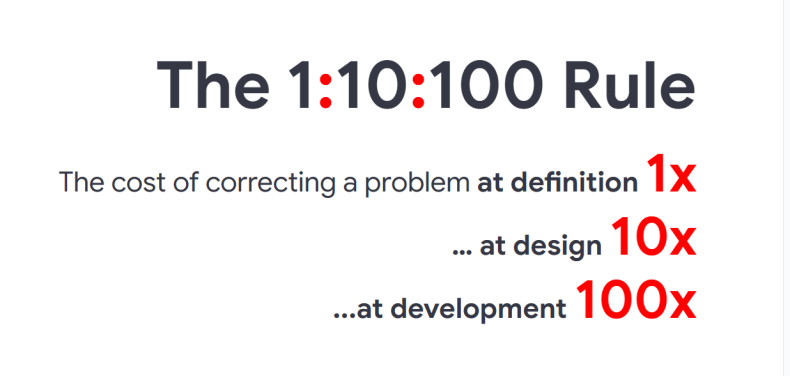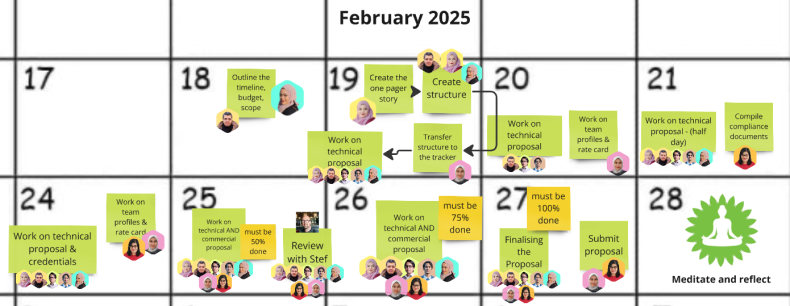If you’ve never worked in business development, the term RFP might sound like corporate jargon. But really, it’s quite simple. It stands for Request for Proposal, which basically means a company is looking for someone to help solve a problem. Think of it like this: if a company has a goal but doesn’t have the right team or expertise to get there, they’ll put out an RFP. It’s their way of saying, “Here’s what we need. Can you show us how you’d do it, how long it’ll take, and how much it’ll cost?”

A good proposal is like a book. It tells a story. It needs a clear beginning that sets the stage with the company background and introduction, followed by the problem statement and the client’s challenges. The climax comes with the investment that’s required, leading into the resolution where we outline our methodologies and case studies. Finally, it closes with a strong conclusion.
The hardest part, however, isn’t putting words on a page, but rather it’s deciding what story we are telling together.

Hi, I’m Adlin. I’m the Business and OPS Executive here at Stampede and this is my debut article. At Stampede, “Business and Ops” is really about making things work. I connect the dots between people, processes and projects. Some days that means handling timelines and documents, other days it’s about helping shape how we tell our story to clients. I’ve spent the past three years helping our team craft proposals for design and development projects.
What’s unique about our approach is that we don’t separate business development from delivery. When we respond to an RFP, the people writing the proposal are the same ones who will eventually build it. Designers, Developers and Ops come together to figure out what makes the most sense for the client. It’s a collaborative process that feels less like pitching and more like building, just on paper first.
What I’ve noticed is this: the stage that eats up the most time is not the writing itself, but the planning. Just like authors spend more time outlining, seeking inspirations, scheduling their time to write, we spend most of our effort aligning on ideas before we begin writing the proposal. And when you have several “authors” writing with different perspectives, it takes work to pull the story together. What separates a confusing and a clear proposal is how we communicate. Strong internal conversations between ops, design, and dev become the backbone of a strong solution proposal.
Internal alignment create external clarity
The first thing we do when a new RFP comes in is scan the scope of work. What’s needed? What’s the timeline? Who are the best resources we can send? We form assumptions here, but we don’t react yet. Instead, we gather every question we have, list them down, and send them to the client. It’s important to clarify these early because the cost of fixing a mistake later is far higher than the cost of validation.

Once the client replies, the real groundwork begins. My role in Ops is a bit like being the PM of a project. I’ve experimented with many PM tools for tracking proposal tasks, but for me, Notion is home base. It’s where we collect every piece of information so everyone has access to the same page.
This first step is crucial. If the team is misaligned internally, the proposal will read as vague, inconsistent, or overly technical. We don’t want that. A clear, aligned RFP tells the client we get you, we’re organised, and we can deliver.

The RFP is a reflection of a team dynamic
An RFP is often a client’s first impression of what it feels like to work with us. I don’t come from a design or dev background, so I look at our proposals differently, in the big-picture sense. Einstein once said,
If you can’t explain it to a six year old, you don’t understand it yourself.
Well, at Stampede, I am that six year old (Theoretically, of course. Don’t report me for child labour).
Because I don’t speak the same technical language, I make a good proof reader. If the flow makes sense to me, it’ll make sense to client’s procurement team. For me, that flow comes down to three simple questions:
- What is the goal of this project?
- Why us?
- How can we help?
In fact, these are the first questions we ask each other during our kickoff call. Our internal conversations help surface the right differentiators, which case studies to showcase, what methodologies that are the right fit, the investment, and the timeline. When the story flows, clients don’t just see capability, they feel our confidence. A well-structured proposal signals discipline and care, which is why strong team dynamics matter.
Communication reduces last-minute stress
At Stampede, deadlines are everything. In projects, we set our own deadlines and take full accountability. But proposals work differently. The deadlines are strict, often dictated by the client’s internal portal. Sometimes even a minute past the cutoff means rejection.
That’s why we work backwards. If the submission is due on the 27th, we mark it as D-Day and then map out what needs to be completed on the 26th, 25th, and so on. From there, we assign specific tasks and resources. Designers handle design scope and methodologies, devs lead the dev scope, and ops take care of business documents while making sure everything matches the client’s requirements.

One trick we’ve adopted is setting an internal deadline before the actual one. That buffer gives us space to proofread and polish without panic. Early communication and clear delegation go a long way in avoiding last-minute stress.
When everything finally comes together, a good proposal becomes more than just a submission. It becomes a reflection of care. For the client, it brings clarity and a sense of confidence that they are in capable hands. For the procurement team, it makes their job easier by showing that we’ve understood not only the brief but the intent behind it.
Every proposal forces us to slow down and make sure we’re solving the right problem before we ever start building. It sharpens how we collaborate, how we communicate and how we grow as a team. So if you’ve ever received a proposal from Stampede, now you know where the quality and consideration came from. They came from a lot of conversations and probably a few very strong coffees.
A good proposal is like a book
As someone who loves a good storybook, I know the mixed feelings that come at the end of one. Relief, nostalgia, sometimes sadness and (mostly) joy especially when the questions you had at the beginning have been answered. You leave the book with more clarity than when you started.
Proposals work the same way. At the end of reading one, clients should walk away with confident answers, and the feeling that someone cared about their problem, not more questions. That’s the goal. And the best way to get there is through strong team communication.
Every proposal tells a story. This was ours and I’d love to hear yours!
Let’s connect on Linkedin?
